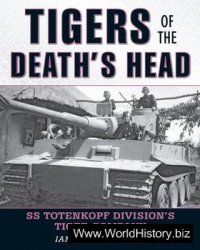Working on this ninth edition of Evolution and Prehistory has proved to us how fortunate we are to have the opportunity to revisit our textbook multiple times with the ambition of reaching well beyond mere updating to making the narrative and images ever-more compelling, informative, and relevant to readers. Our efforts continue to be fueled by vital feedback from our students and from anthropology professors who have reviewed and used previous editions. Their input—combined with our own ongoing research and the surprisingly delightful task of rethinking familiar concepts that appear self-evident— has helped us bring fresh insight to classical themes.
Evolution and Prehistory is designed for introductory anthropology courses at the college level. While focusing on biological anthropology and archaeology, a four-field approach is central to this book. By emphasizing the fundamental connection between biology and culture, the archaeology student learns more about the biological basis of human cultural abilities and the many ways that culture has impacted human biology, past and present. Similarly, this combination provides more of the cultural context of human evolutionary history, the development of scientific thought, and present-day biological diversity than a student would get in a course restricted to biological anthropology. There has been much debate about the future of four-field anthropology. In our view, its future will be assured through collaboration among anthropologists with diverse backgrounds, as exemplified in this book.
With each new edition, we look anew at the archetypal examples of our discipline and weigh them against the latest innovative research methodologies, archaeological discoveries, genetic and other biological findings, linguistic insights, and ethnographic descriptions, theoretical revelations, and significant examples of applied anthropology. These considerations, combined with attention to compelling issues in our global theater, go toward fashioning a thought-provoking textbook that presents both classical and fresh material in ways that stimulate students’ interest, stir critical reflection, and prompt “ah-ha” moments.




 World History
World History









